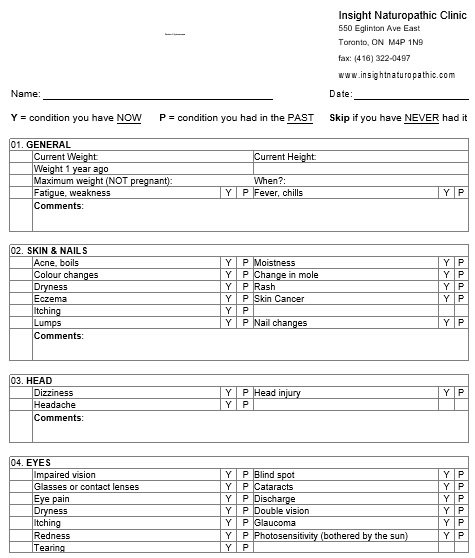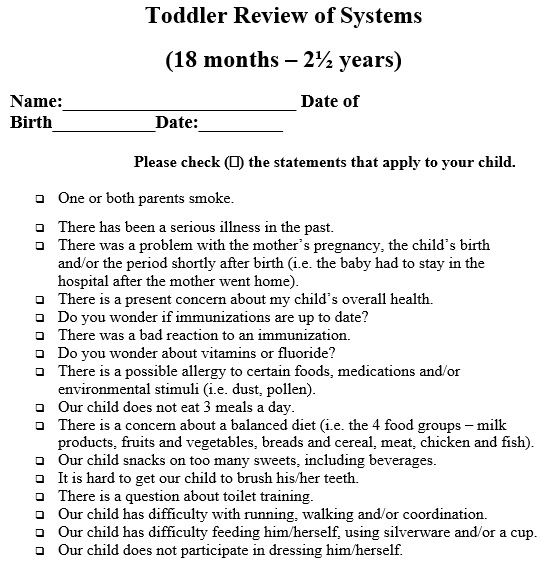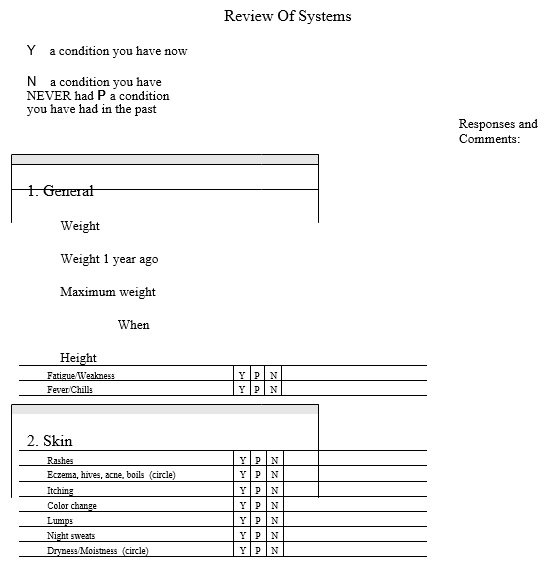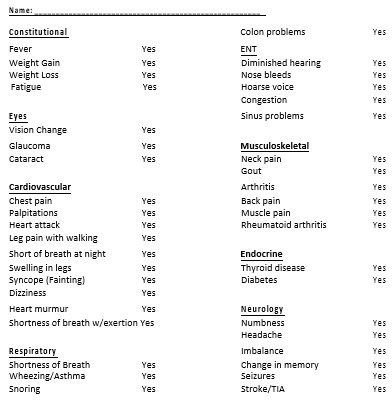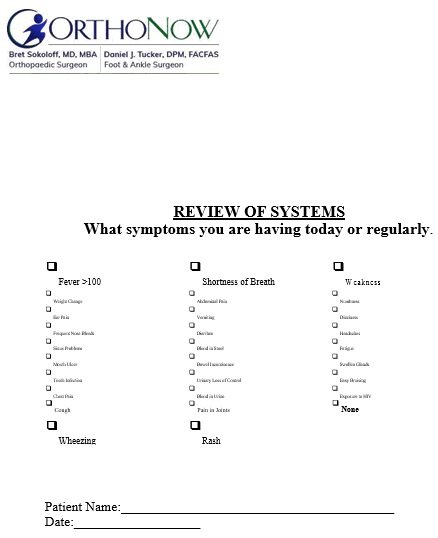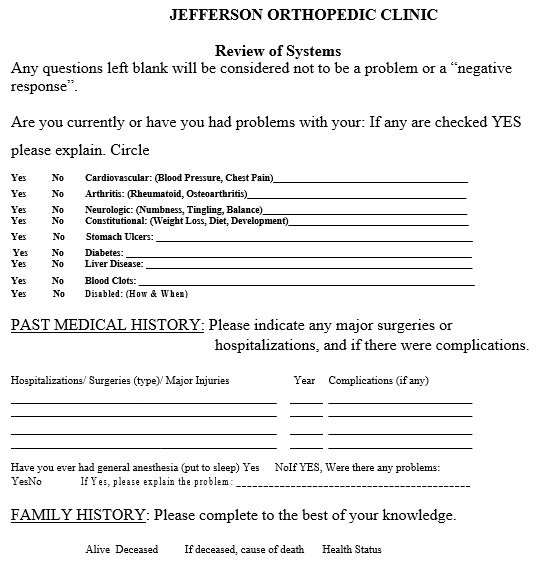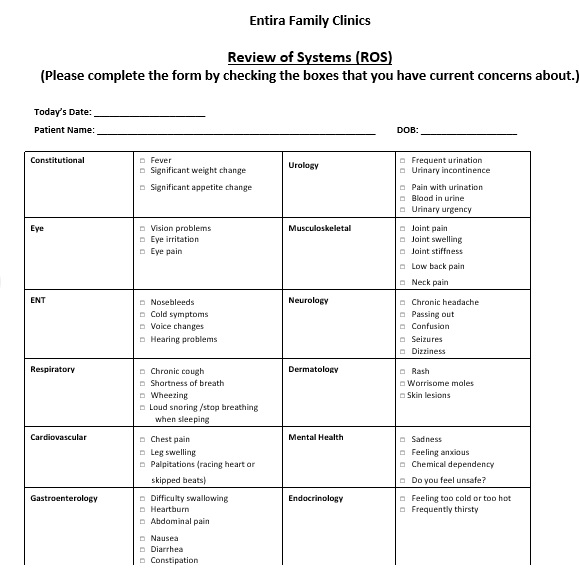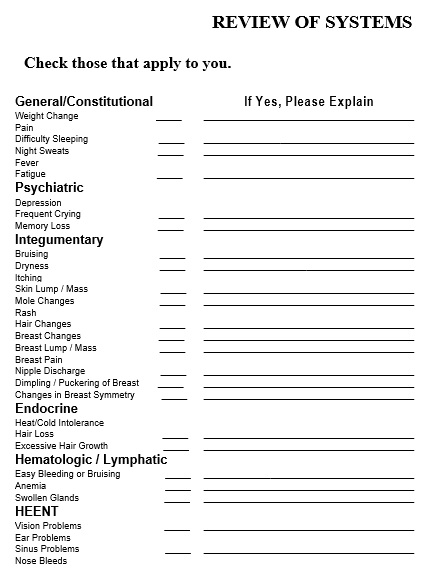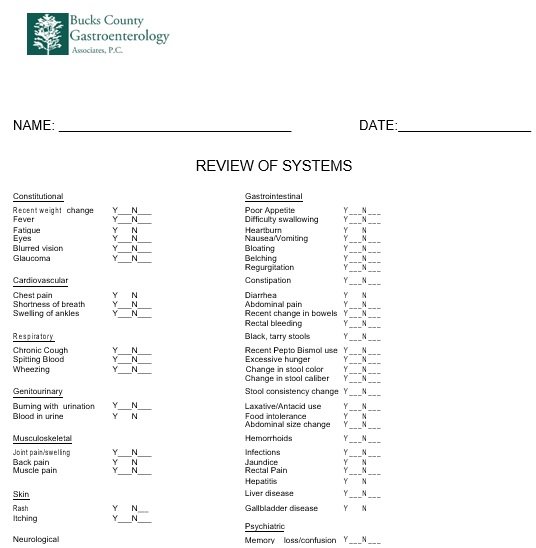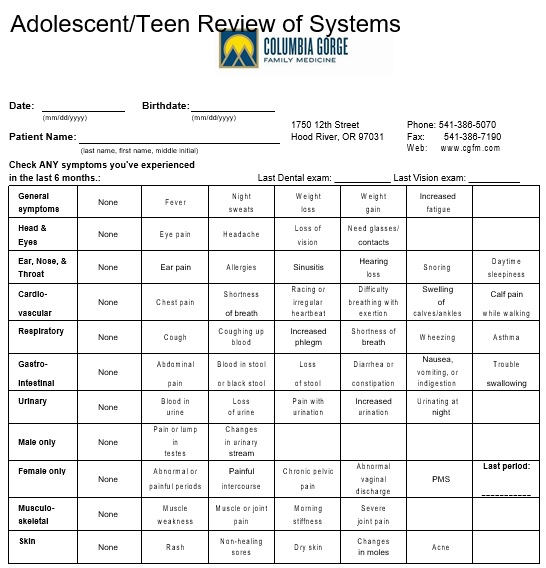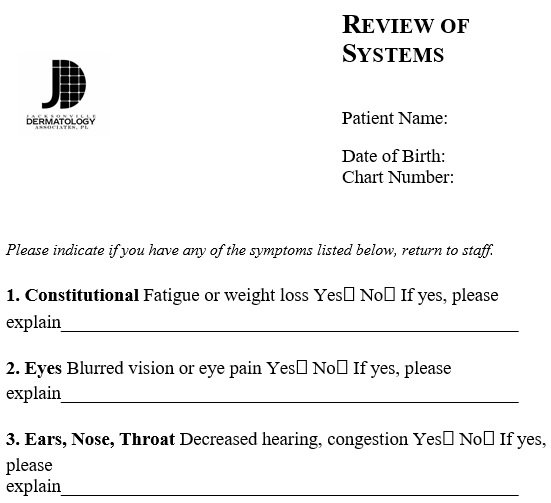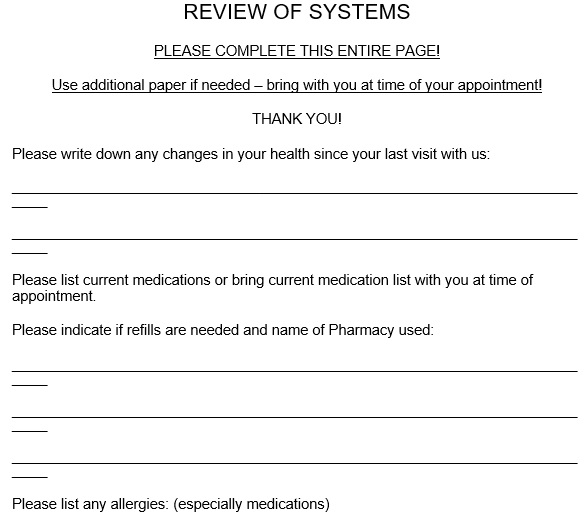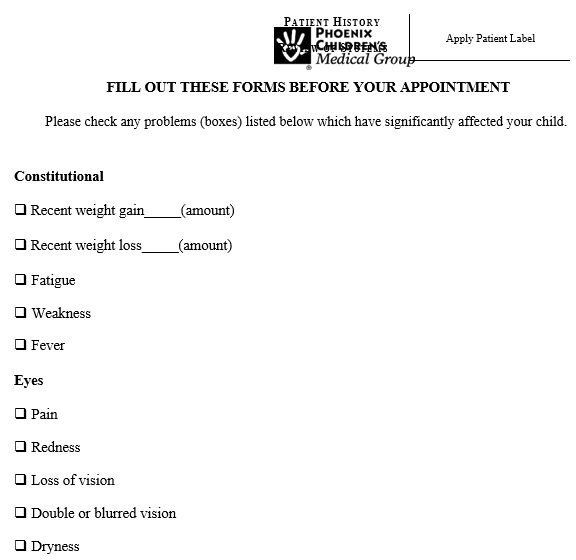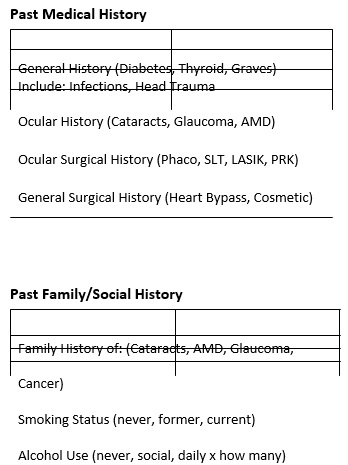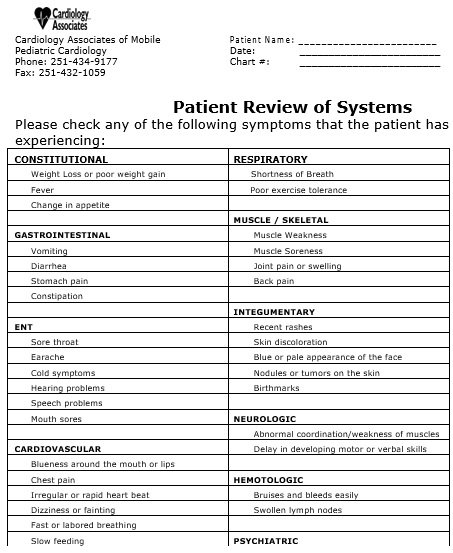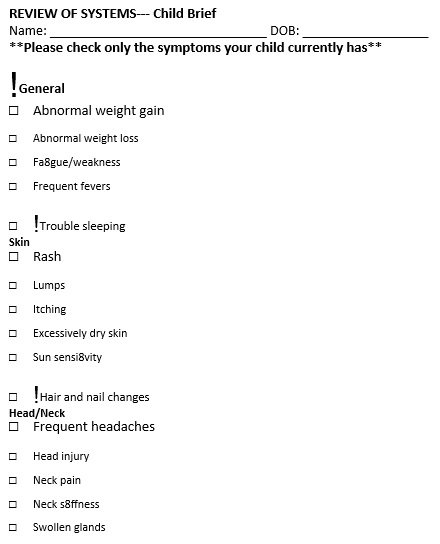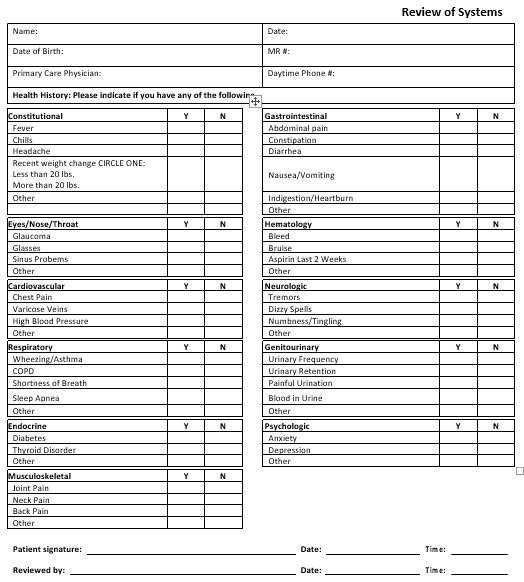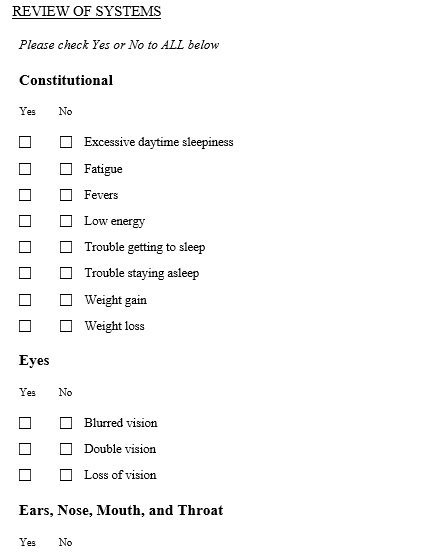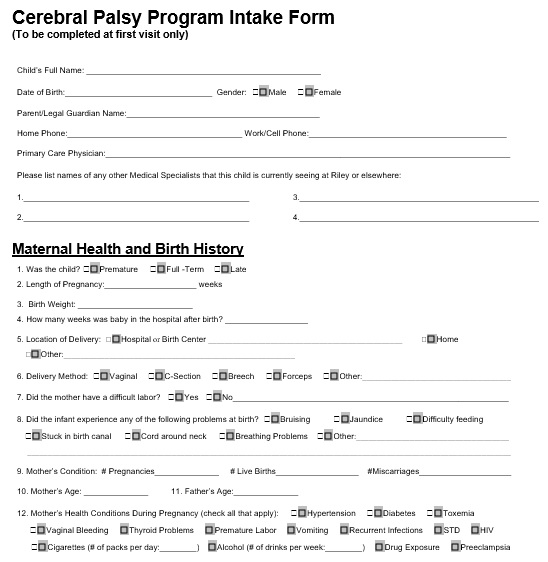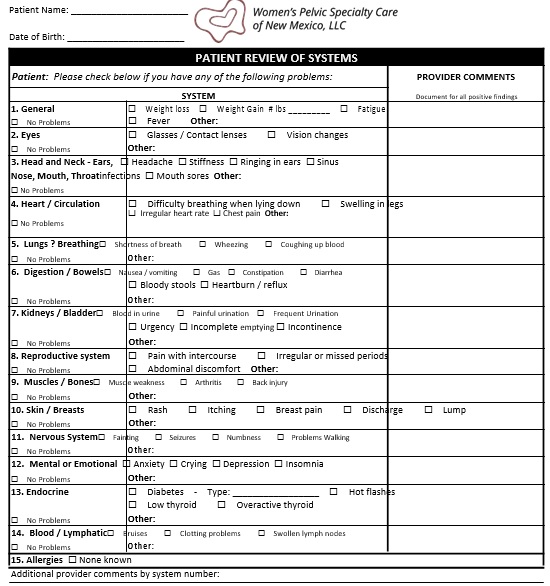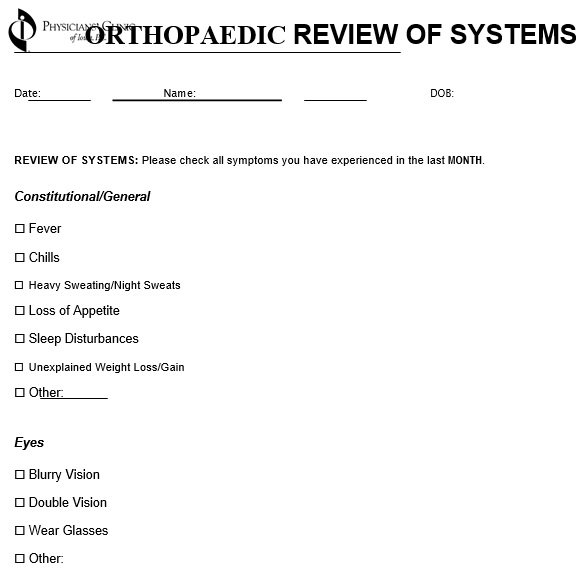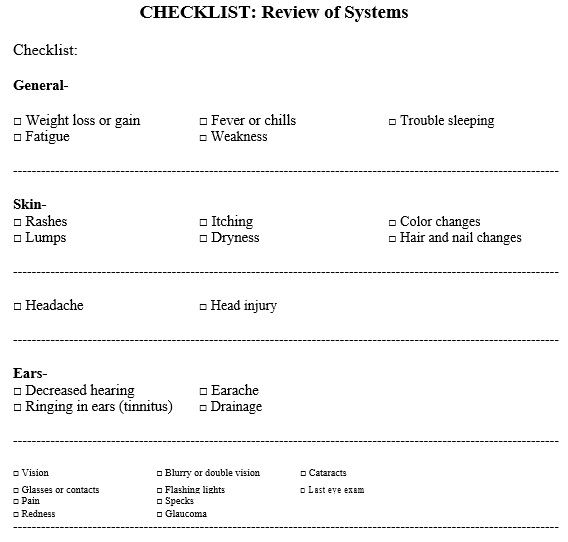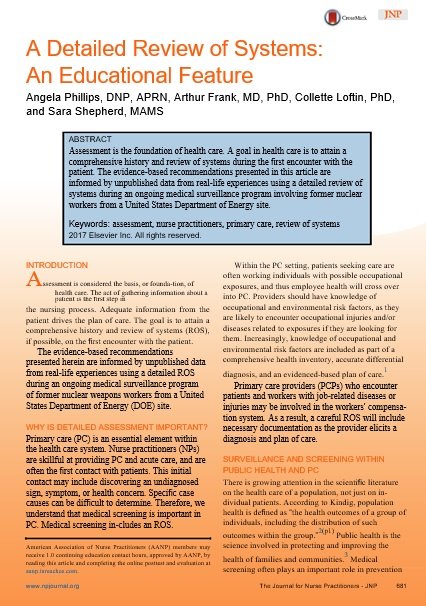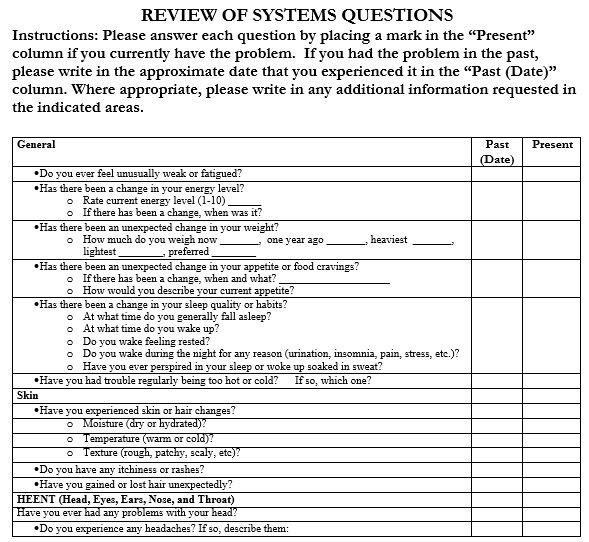The review of systems is a technique in the US used by healthcare providers to obtain the medical history of the patients. The use of a review of systems template is involved in this technique. This document is formatted as a component of an admission note that covers certain organ systems. It pays attention to the subjective symptoms that are based on patients’ perceptions.
Table of Contents
- 1 What is a complete review of systems?
- 2 What is a review of the system template?
- 3 The importance of a review of systems template:
- 4 What to include in the review of systems template?
- 5 How to apply for a review of systems template?
- 6 Some tips for writing an ROS:
- 7 Differences and similarities between review of system and history of present illness:
- 8 What are the advantages of review of systems template?
- 9 Conclusion:
What is a complete review of systems?
There are 10 systems that constitute a complete ROS required for Level 5 visits as per the 1995 guidelines for medical documentation. You need to use documentation while reviewing all of the systems with patients such as a review of the systems checklist.
What is a review of the system template?
A review of system is a document used to take an inventory of the 14 body systems that is collected through the series of questions in order to determine the symptoms that patients may experience. These 14 systems are recognized by the Centers for Medicare and Medicaid Services (CMS). Most hospitals have a uniform template so that they don’t have to write down the questions every time they see a new patient.
The importance of a review of systems template:
Here are the points that indicate the importance of a review of systems;
- A physician or the staff generally conducts the review of systems questions verbally through a patient form to find out the patient’s total problem. The process contains a description of why there is a requirement for additional testing, examination, and possible treatment options.
- The issues pinpointed in the medical history of the patient’s present illnesses or any other body systems, the review of systems example may pay attention to the systems directly relevant to them. By using any format, you can present ROS questions and should contain a patient questionnaire form too.
- Moreover, in the review, you can also involve elements of the history of the present illness (HPI). Also, you have to aware of the difference between the symptoms and signs shared by the patient in the HPI. The ROS is very concise for one. Here, for both the separate system review and the HPI, there is always a distinct element.
- The components of a review of systems examples generally reference the signs and symptoms. Here, you would consider both negative and positive comments. When the medical staff or physician asks questions to the patient, then the auditors of the review watch for indicators.
- When the patient comes in for the first time, the review of systems questions is to be medically needed in order to get a complete ROS. This document is also considered as medically necessary by some doctors in order to repeat the complete review for each follow-up.
What to include in the review of systems template?
It is an inventory of the body systems acquired through inquiries. The main purpose of this document is to identify signs or symptoms the patient experiences. The Centers for Medicare and Medical Services has recognized the following total of 14 systems;
- Allergic/Immunologic
- Cardiovascular
- Constitutional symptoms
- Ears, nose, mouth, throat
- Endocrine
- Eyes
- Gastrointestinal
- Genitourinary
- Hematologic/Lymphatic
- Integumentary
- Musculoskeletal
- Neurological
- Psychiatric
- Respiratory
There are several guidelines that you must follow when it comes to a patient’s medical record. For example, one of the key guidelines states that if the ROS acquired during the initial encounter indicates proof that the doctor performed a review and updated the patient’s information then there’s no need for re-documentation.
By explaining if there is a new review of systems template, you can document the review process and the updated information. You can also take note that there hasn’t any modification in the patient’s details. Any member of the staff may document the ROS in medical records is another guideline that you need to remember as long as proof exists that the physician performed a review.
Furthermore, if you are going to refer your review of system checklist in your most current notes, then you must indicate the date of it. Without providing the date, you can’t say that the ROS remains unchanged from the previous visit. In case, you are using a History Table, you can select from the following levels;
- A ROS that’s “problem pertinent” investigates regarding the system that’s directly relevant to the issues mentioned in the patient’s HPI. Documentation, for the system-related problems, should involve the pertinent negative and positive responses.
- A ROS that’s “extended” investigates regarding the system that’s directly relevant to the issues mentioned in the patient’s HPI along with a few of the body systems. For 2 to 9 systems, the documentation must include the pertinent negatives and positive responses.
- A ROS that’s “complete” investigates regarding the system that’s directly relevant to the issues mentioned in the patient’s HPI along with all of the body systems. You have to review at least 10 systems. Also, you should give individual documentation for those systems with pertinent negatives as well as positive responses.
How to apply for a review of systems template?
You can consider ROS as a list of questions arranged as per the organ system. You can use this document in the following ways;
- You can use it as a tool for screening for every patient that the clinician encounters.
- Under a specific risk category, ask ROS questions only to patients classified.
- You can use the review of systems in order to better develop the most probable causes of a present symptom as explained by the HPI section.
Hence, the review of systems is best used as a screening tool for broad applications. The following statements would hold true when you use it this way;
- The questions to ask have to indicate a range of essential and common clinical conditions.
- If the patient wasn’t prompted specifically, then these disorders could go undetected.
- Determining these conditions has a positive effect on mortality or morbidity.
Some tips for writing an ROS:
When you are going to write a ROS, there are specific rules that you have to follow. These rules contain guidelines that how medical records should be gathered stored, and used.
One of the rules is that re-documenting the information doesn’t require in case there is evidence that the ROS is reviewed and updated by the doctor. If you realize in your starting encounter with the patient that their ROS has been updated then by using a new ROS template, explain these updates.
Another rule to keep in mind is that medical center’s every staff member has right to document the ROS into the medical records. This serves as evidence that a physician performed a review. In case, you are referring ROS in your current notes then specify the date of it.
Basically, there are three ROS levels. Let us discuss them below so that you can effectively get the details of your patients;
Problem pertinent ROS
The problem is explained in the patient’s History of Present Illness, this ROS is used to know about the systems that are directly relevant to that problem. Pertinent positive and negative responses that are related to issues are included in it.
Extended ROS
It is similar to problem pertinent ROS but it involves more body systems and it must include responses for between 2 and 9 systems.
Complete ROS
This one is also similar to above two levels but it involves all the body systems and it must include responses for at least 10 systems.
Differences and similarities between review of system and history of present illness:
The ROS and HIP have some similarities as well as some differences. Let us discuss them below;
- The physician asked the questions to the patient is always indicated by the ROS document. But, if the document doesn’t have their own ROS section then there are some particular terms you must search. These terms show that the patient has answered all the questions that physician asked.
- If you want to identify that whether the history element is an HPI or ROS, then if physician posed the question, counted it as ROS. Each word or phrase should be counted once because if you count them more than once, then it is referred as “double-dipping,” that comes under both ROS and RIP.
- An ROS can always be collected by asking questions or by verbal communication. The information received through a question asked is counted as ROS.
What are the advantages of review of systems template?
Here are the benefits of using this document;
- For physicians, this document proves very useful as it gives them details regarding the history of an illness the patient has. They can explore specific problems from this information, otherwise they may have to perform physical exam to get this information.
- It is a good source for determining underlying or potential illnesses. After that, as a follow-up in the examination, they follow up specific organ systems.
- The ROS assists the provider in paying more attention to the patient’s interview on certain complaints as a ROS outlines a patient’s medical history.
- The physician can have an effective conversation with the patient by asking questions asked in an ROS.
- It has effective questions through which you can know about a patient’s past health, surgical history, and other relevant details.
- Between the patient and the physician, the ROS develops a rapport and this proves helpful in finding new diagnoses.
Conclusion:
In conclusion, a review of systems template is an important tool design to identify signs or symptoms the patient experiences. It is generally a technique used by healthcare providers to obtain medical history of patients. There are the three levels of a ROS that are the problem-pertinent ROS, the extended ROS, and the complete ROS.

